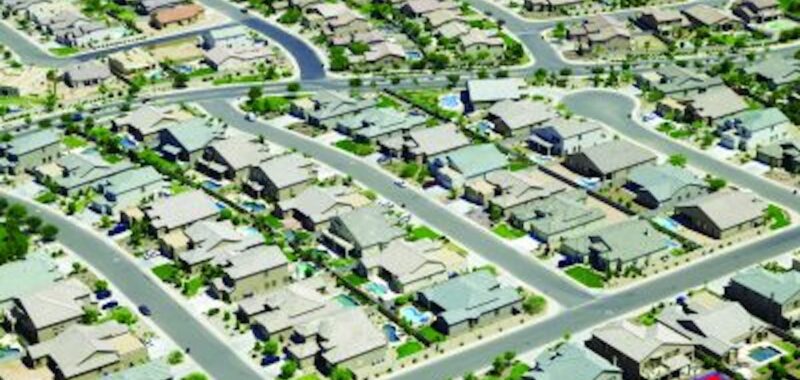New-home construction in the U.S. has focused on single-family and multifamily inventory growth to boost supply and affordability. But StorageCafe found that in 2023, most states overlooked one key solution to the affordability crisis: more inventory of “middle housing.”
That revelation comes from a company report released earlier this week. The report used U.S. Census Bureau data to analyze housing inventory changes across 489 cities between 2005 and 2023. StorageCafe categorized inventory changes by housing type — including single-family, multifamily, middle housing, mobile homes, boats, RVs and vans.
StorageCafe ranked the top cities for housing inventory expansion across single-family, multifamily and middle housing types. The ranking also incorporated data on per capita housing availability, pricing, employment and storage unit usage.
StorageCafe also sorted cities based on population size, with big cities consisting of at least 250,000 residents, midsized cities of at least 100,000 people and small cities with populations below 100,000.
The report draws considerable attention to middle housing inventory growth. Middle housing-type properties include duplexes, triplexes, townhomes and other medium-density housing types. StorageCafe wrote that middle housing “has often been touted as a potential solution to the affordability crisis. However, it has yet to gain significant momentum.”
Nationally, middle housing grew by 11.3% from 2005 to 2023 — the lowest inventory increase among all property types. StorageCafe describes this discrepancy as the “missing middle,” and analysts blame zoning laws and rising construction costs.
“Zoning laws often favor single-family homes or large apartment buildings, leaving little room for ‘in-between’ options,“ Doug Ressler, business intelligence manager at Yardi Matrix, said in the report. “Rising construction costs for materials and labor make building middle-income housing less profitable for developers, while limited land availability in urban areas adds to the challenge.“
One Texas city has something to say about that. McKinney — located in the Dallas area — had the fastest-growing middle housing inventory among the cities analyzed at 185% from 2005 to 2023. The midsized city also experienced the second-largest expansion of overall housing inventory — increasing by 127% to nearly 79,000 units. The average home price in McKinney last year was $497,700.
According to StorageCafe, this expansion can be partially attributed to statewide population growth in Texas due to increased migration to the Lone Star State that is rivaled only by Arizona. Migrants are likely targeting middle homes for affordability reasons.
“As a more affordable option — typically 30% cheaper per unit than single family homes — the rise in townhouses and other middle housing types is a response to demand for diverse and accessible housing options,” the report explained.
Allen, Texas (+182%); South Gate, California (+130%); San Marcos, California (+126%); and Gilbert, Arizona (+125%) rounded out the top-five cities for growth of middle housing stock.
The East Coast leads all regions in middle housing density, boasting 30 of the top 35 cities on the national list of middle-housing hotspots. In Reading, Pennsylvania, 82% of the total stock is middle housing. The average home price there is $137,000.
StorageCafe notes that “in about half of the 35 U.S. cities where middle housing makes up the majority of the local market, home prices remain below the national average of $340K — making them a win for affordability.”

